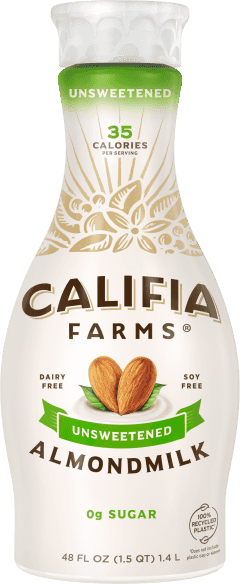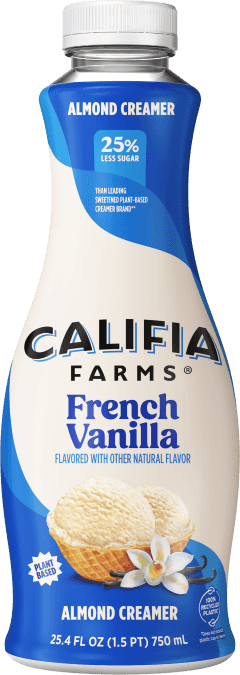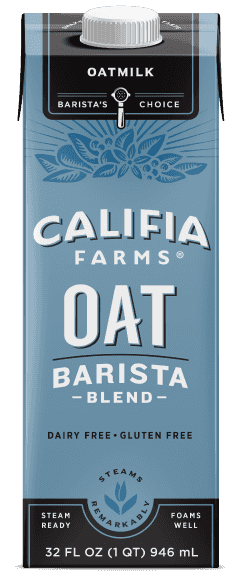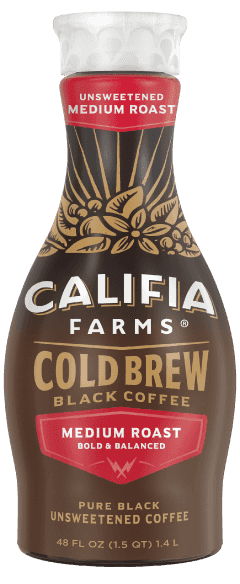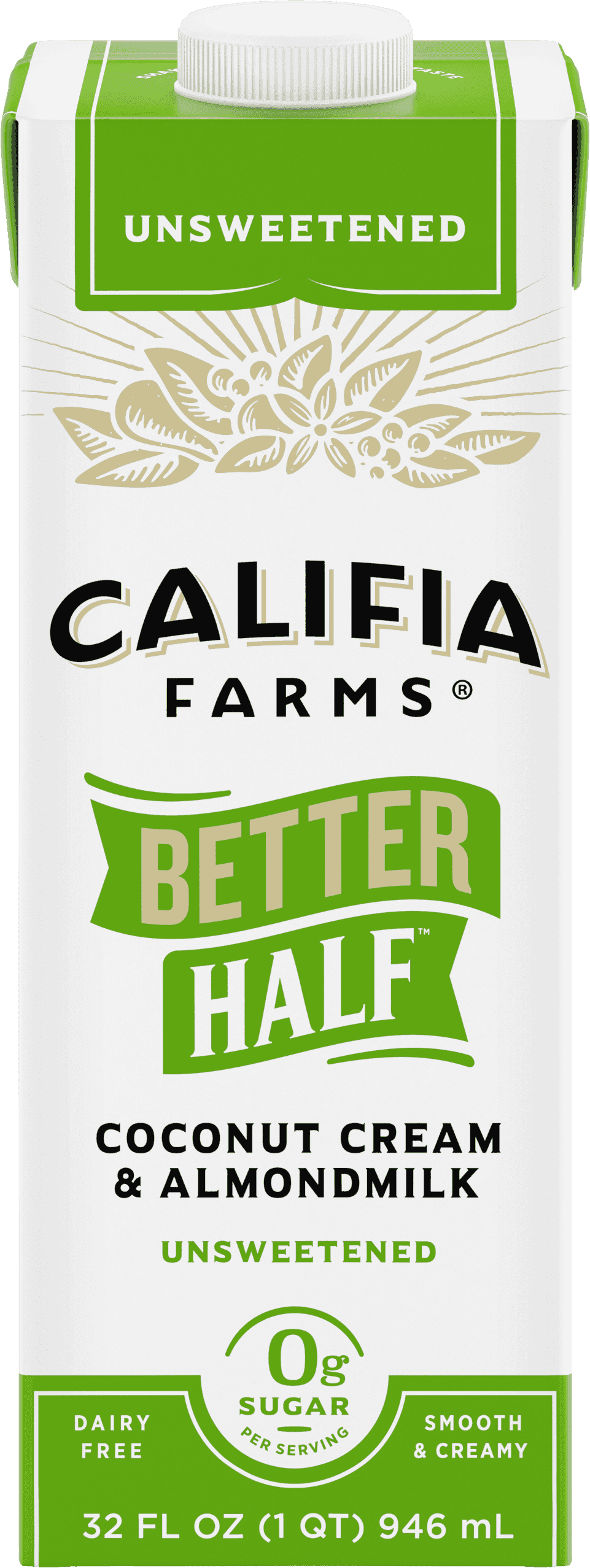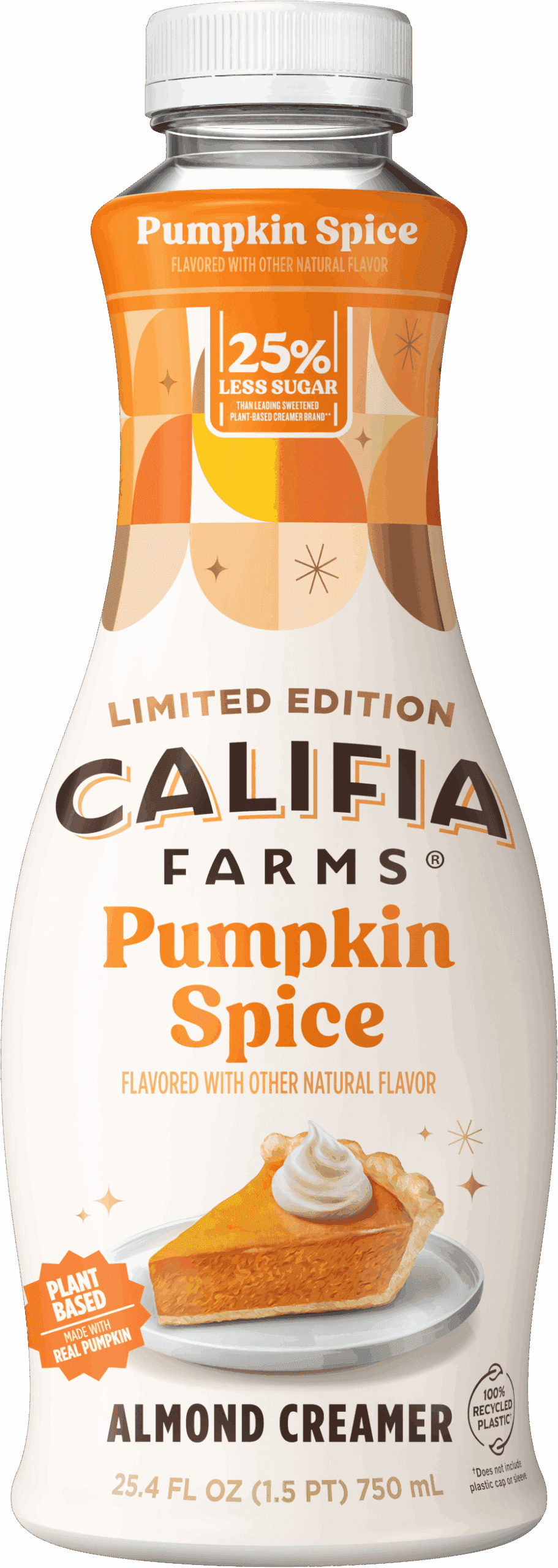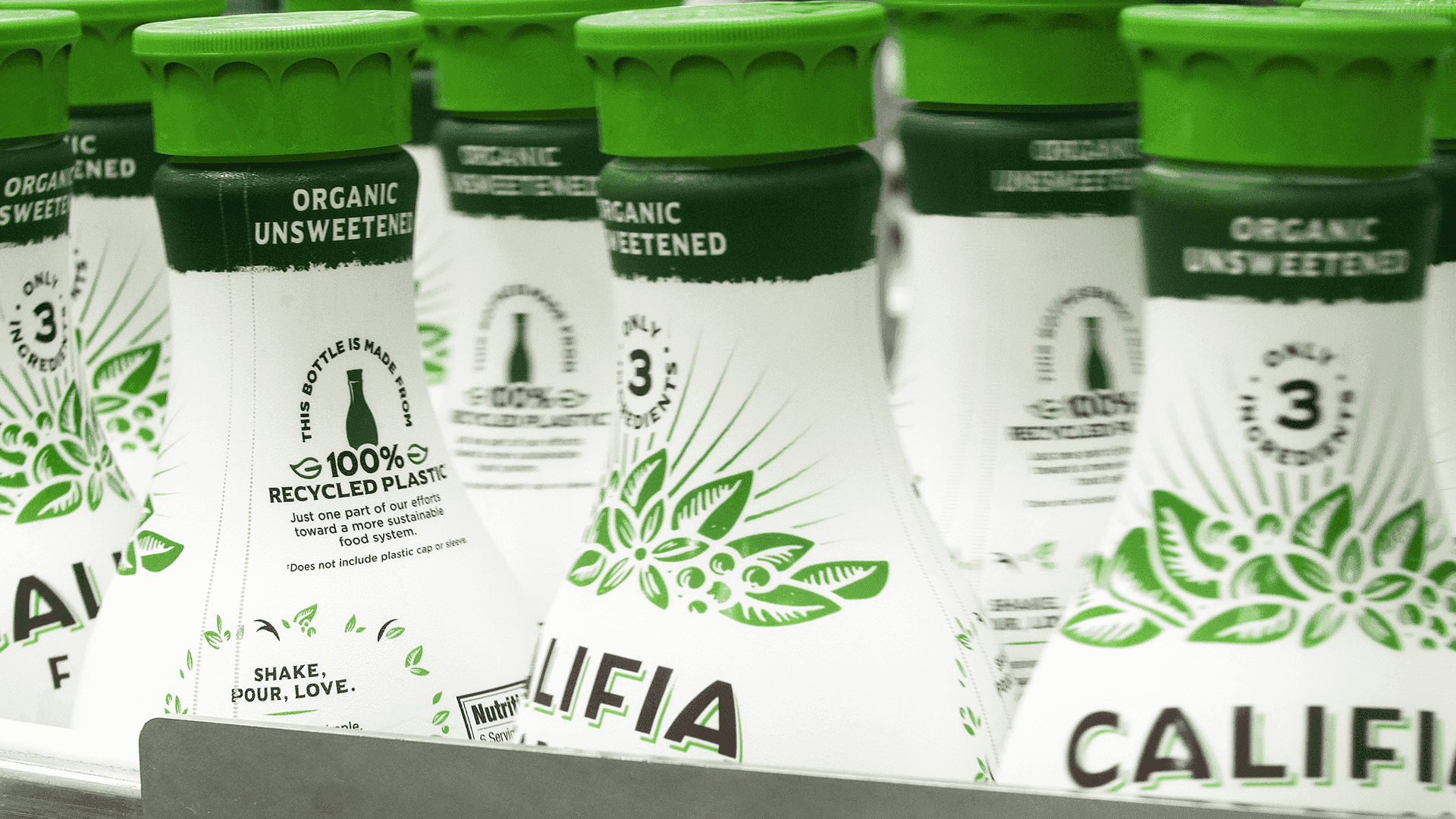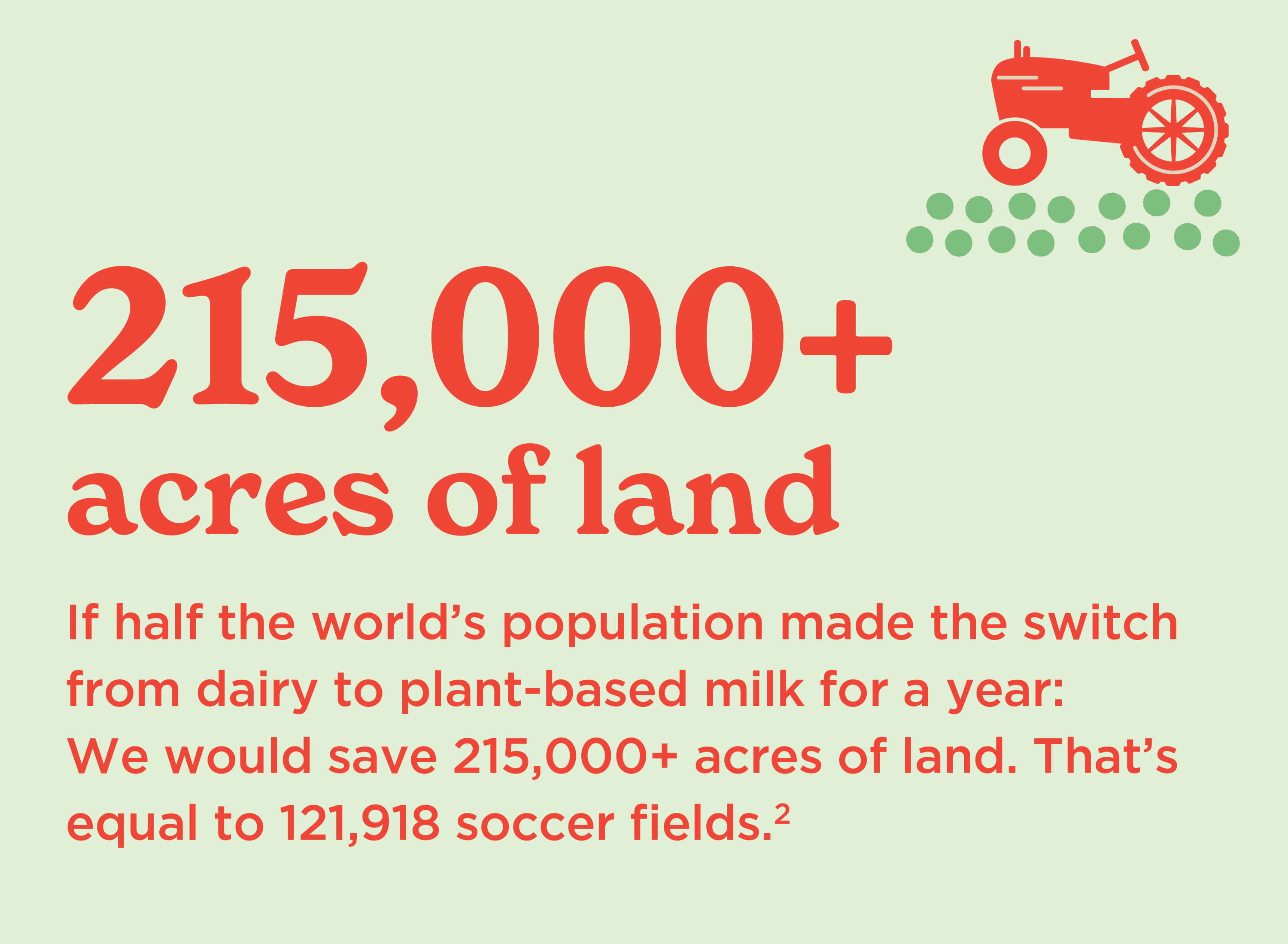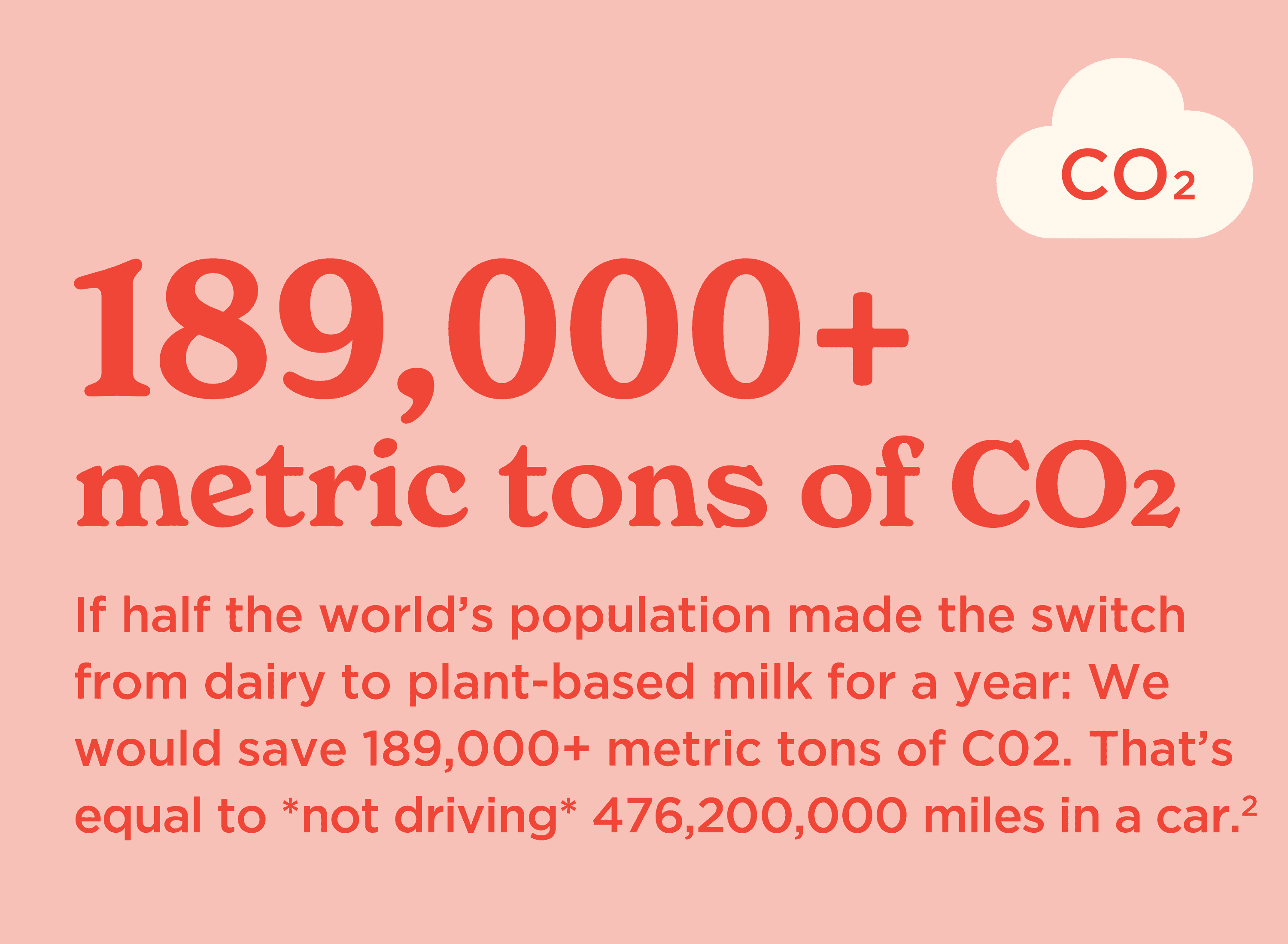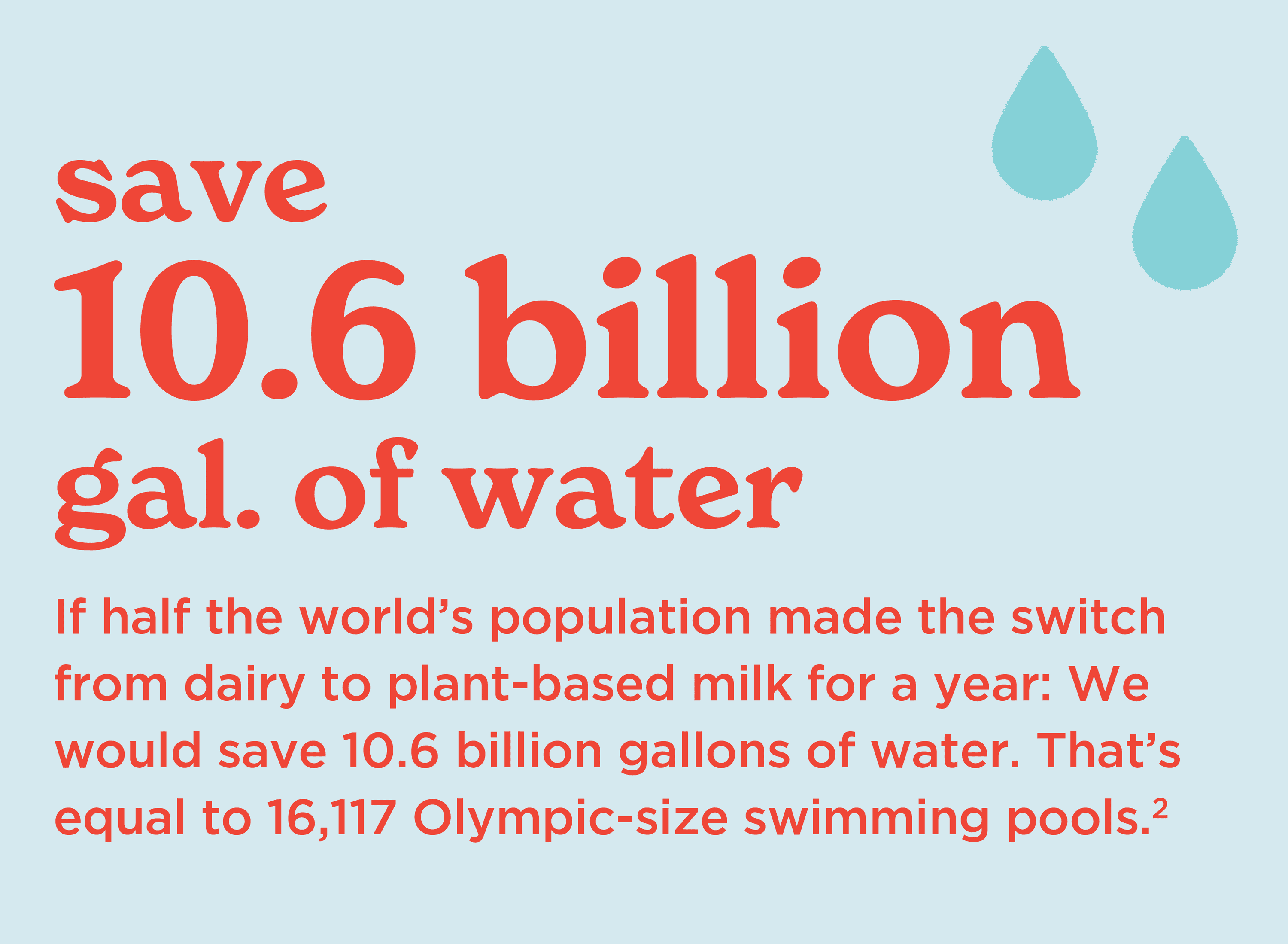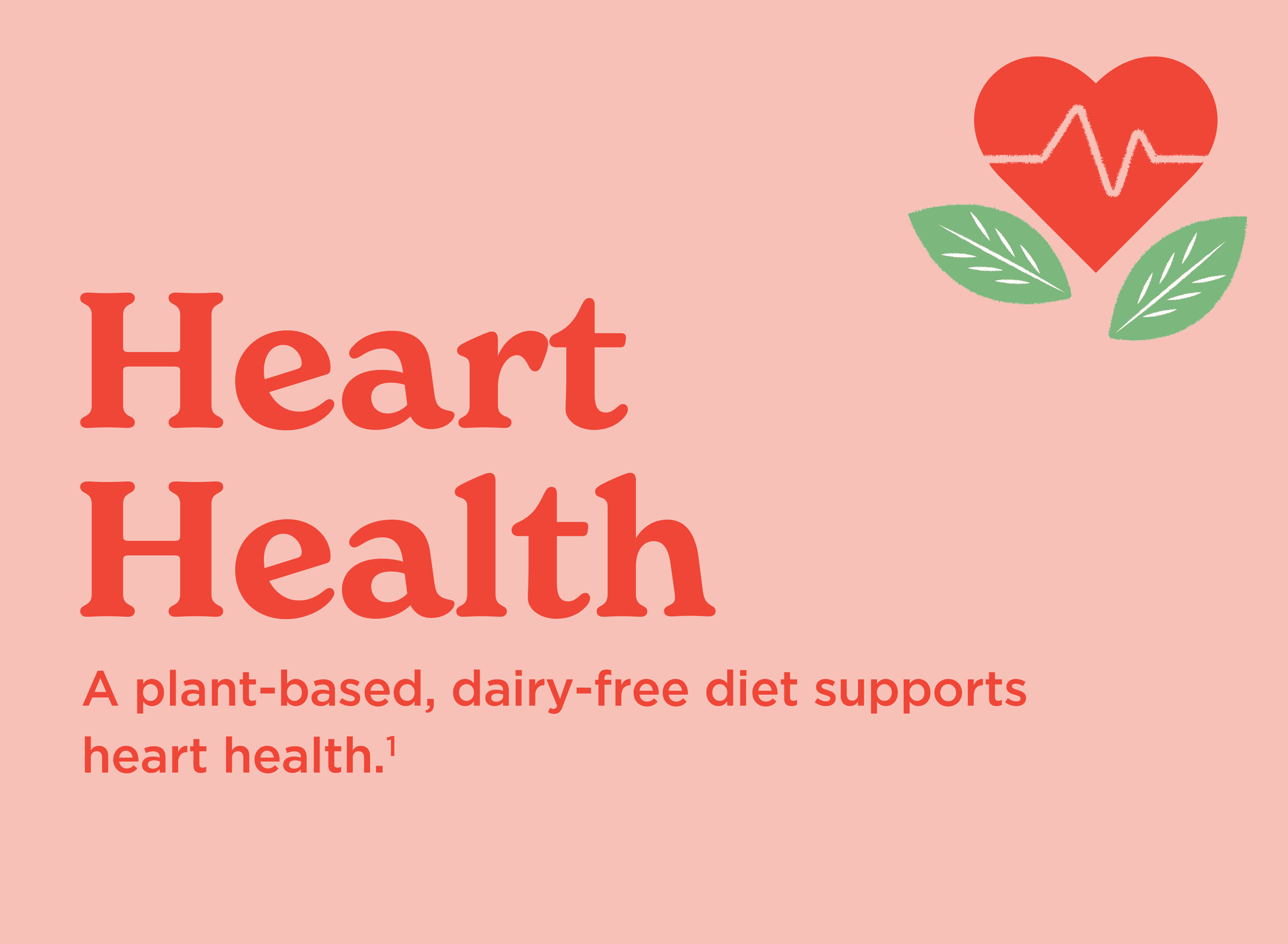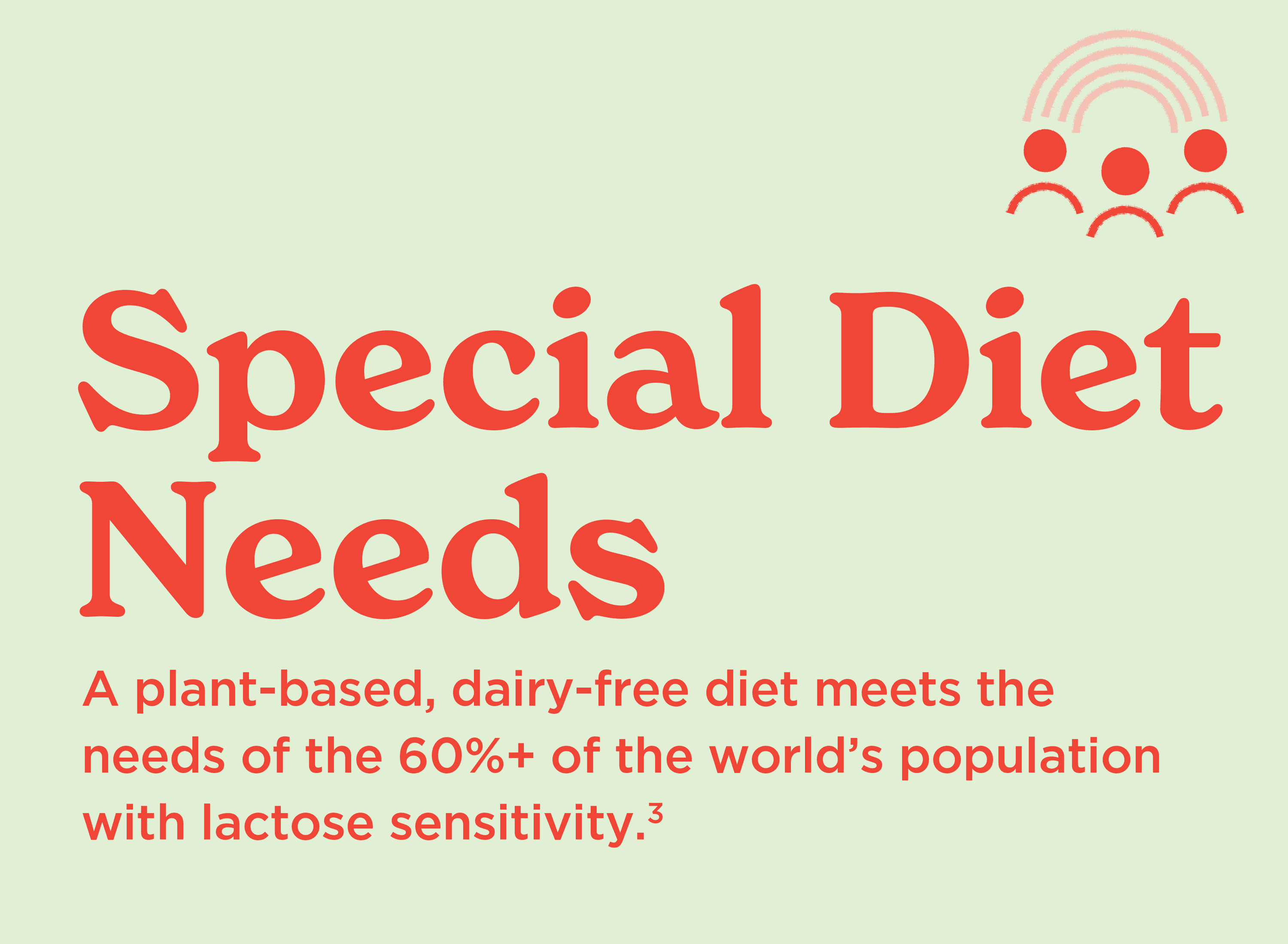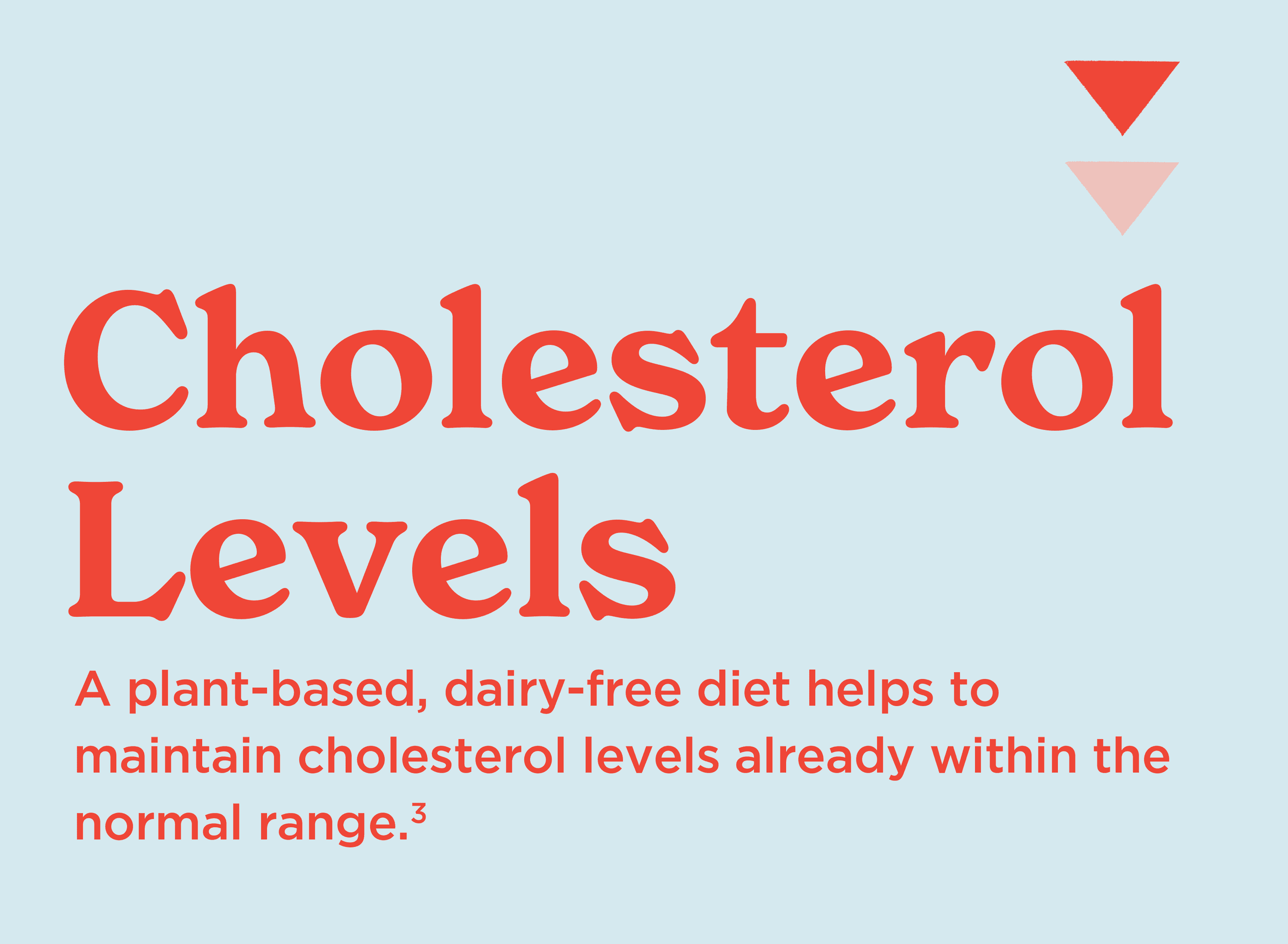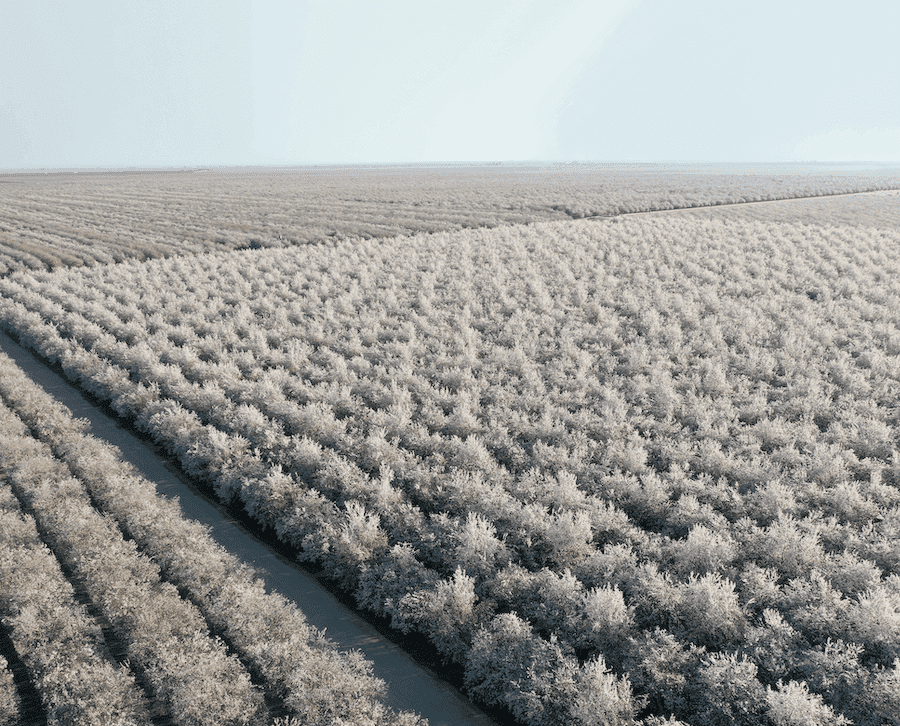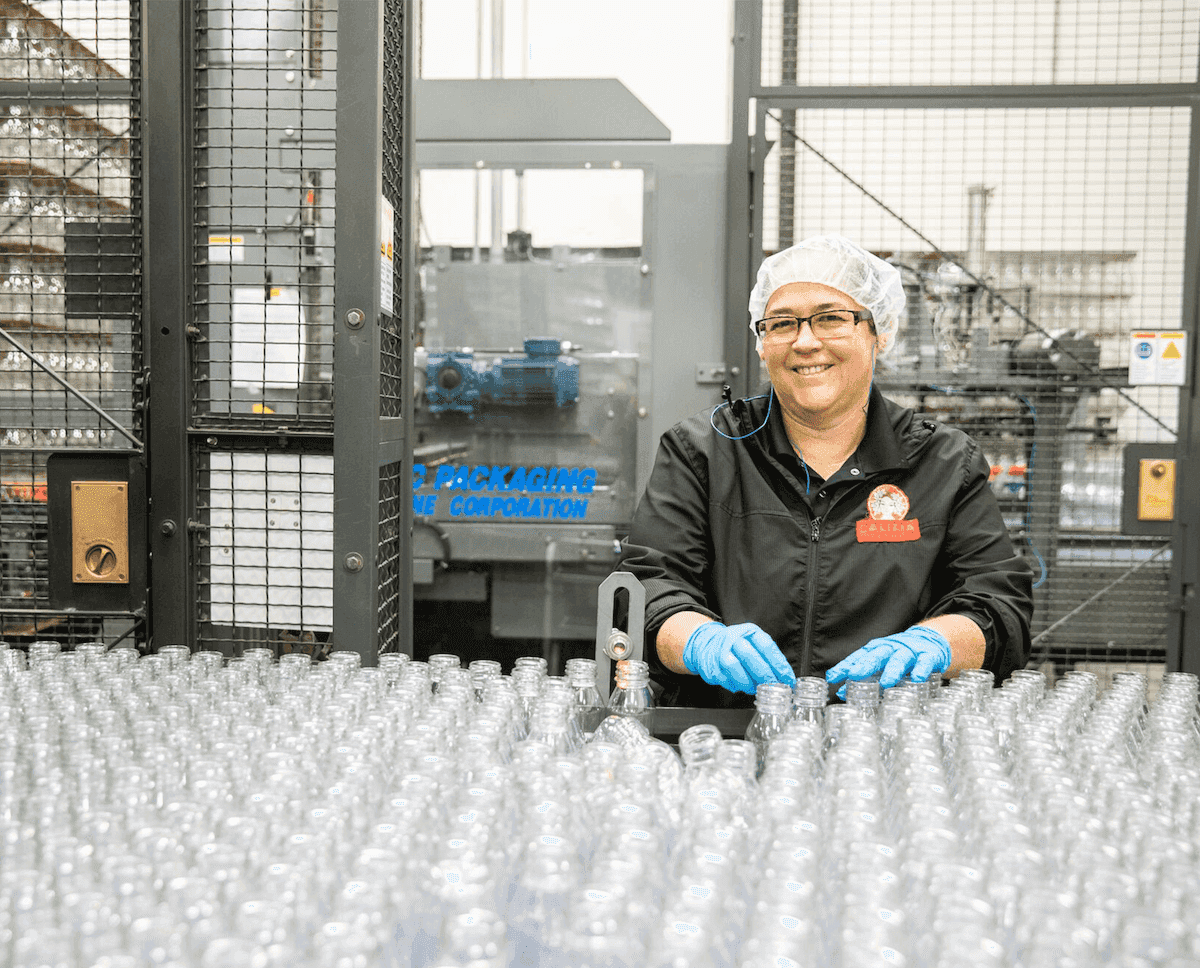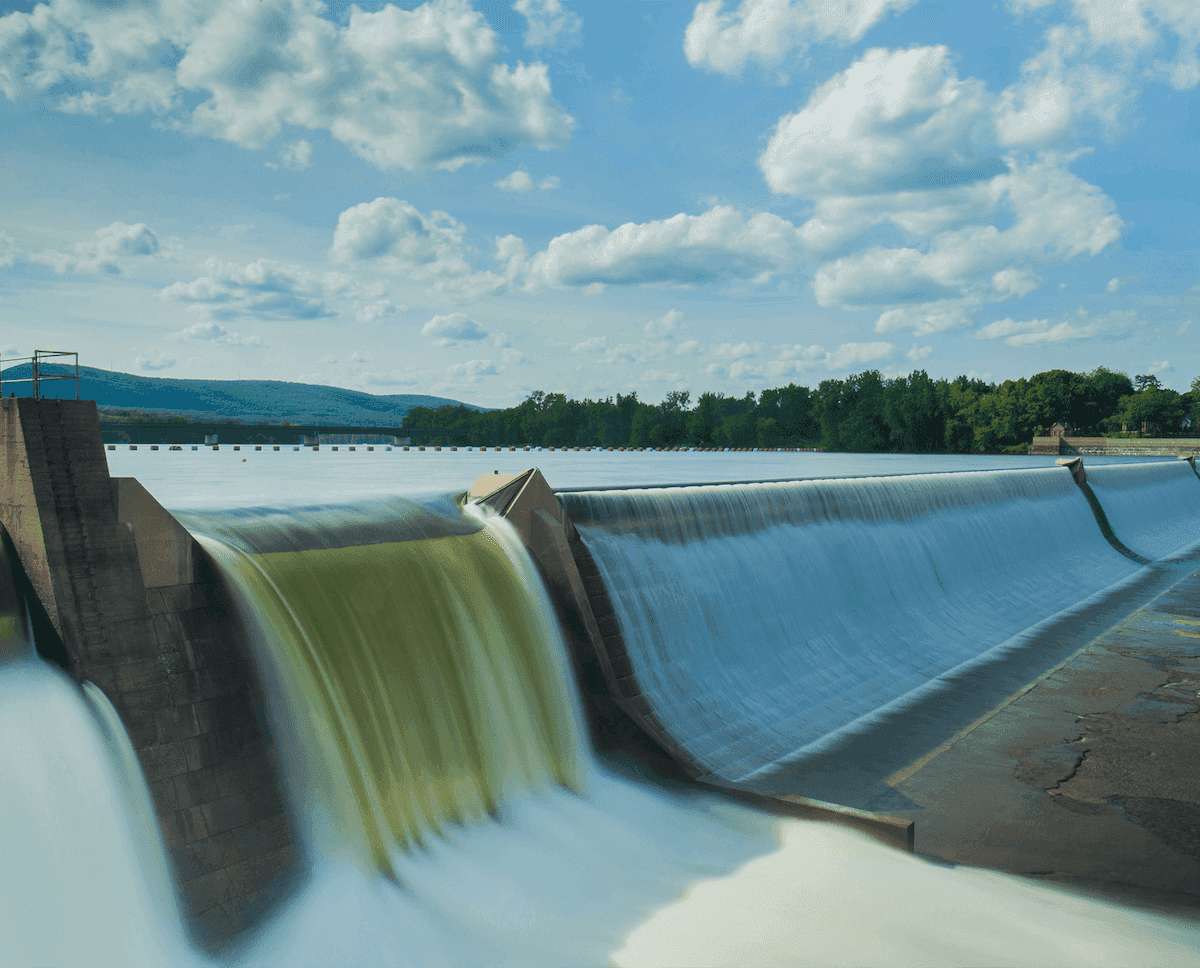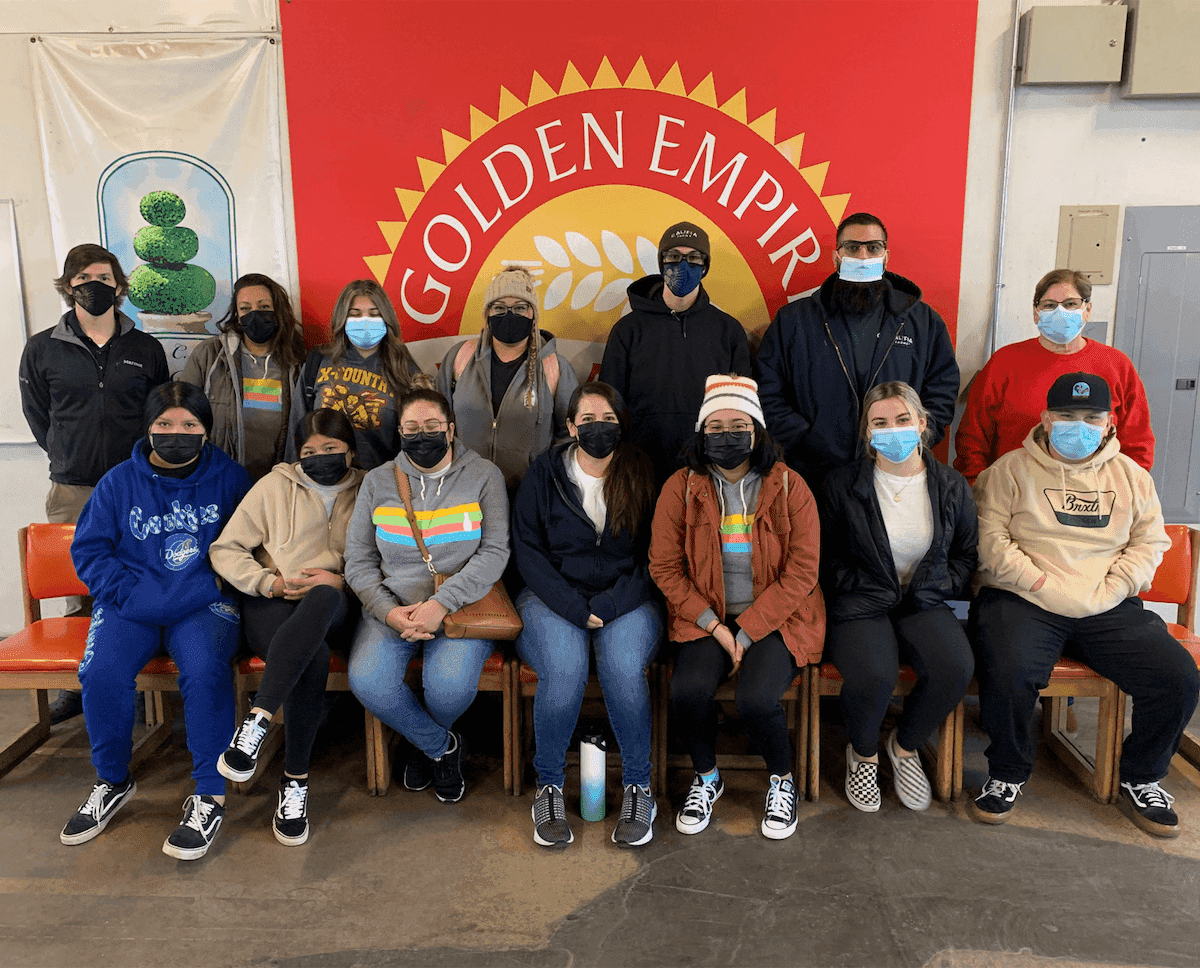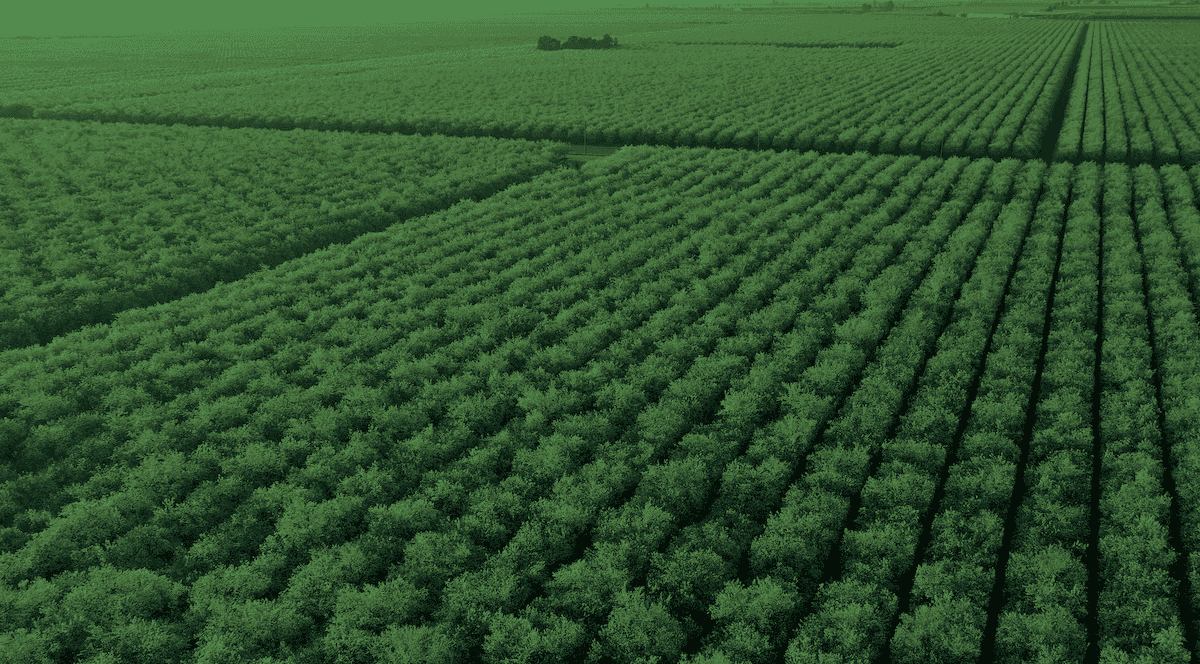
Take a look at our 2024 Sustainability Report below and watch our highlight video.
Plant-based is planet-based.
We’re doing our part by creating delicious plant-based alternatives to dairy, and you’re doing yours by staying plant-curious.
Plant-based is people-based.
Our products are made with simple, dairy-free and plant-based ingredients with a rich array of vitamins, minerals, healthy fats, and phytonutrients.
As a plant-based dairy company, we can’t separate sustainability from what we do.
Since producing oat and almond milk uses less water and land, and emits less greenhouse gas compared to dairy, we are already on the path to a more sustainable food system. But we know that simply making plant-based products is not enough. To affect real, lasting change, we need to set rigorous goals for our company in the short, medium, and long term.
Kahleova H, Levin S, Barnard ND. Vegetarian dietary patterns and cardiovascular disease. Prog Cardiovasc Dis. Published online May 29, 2018.
Storhaug CL, Fosse SK, Fadnes LT. Country, regional, and global estimates for lactose malabsorption in adults: a systematic review and meta-analysis. The Lancet. Gastroenterology & Hepatology. 2017;2(10):738–746.
Yokoyama Y, Levin SM, Barnard ND. Association between plant-based diets and plasma lipids: a systematic review and meta-analysis. Nutr Rev. Published online August 21, 2017.
Global consumption of dairy milk from Statista, 2020
Environmental impact from dairy and plant milk from Poore & Nemecek, 2018

